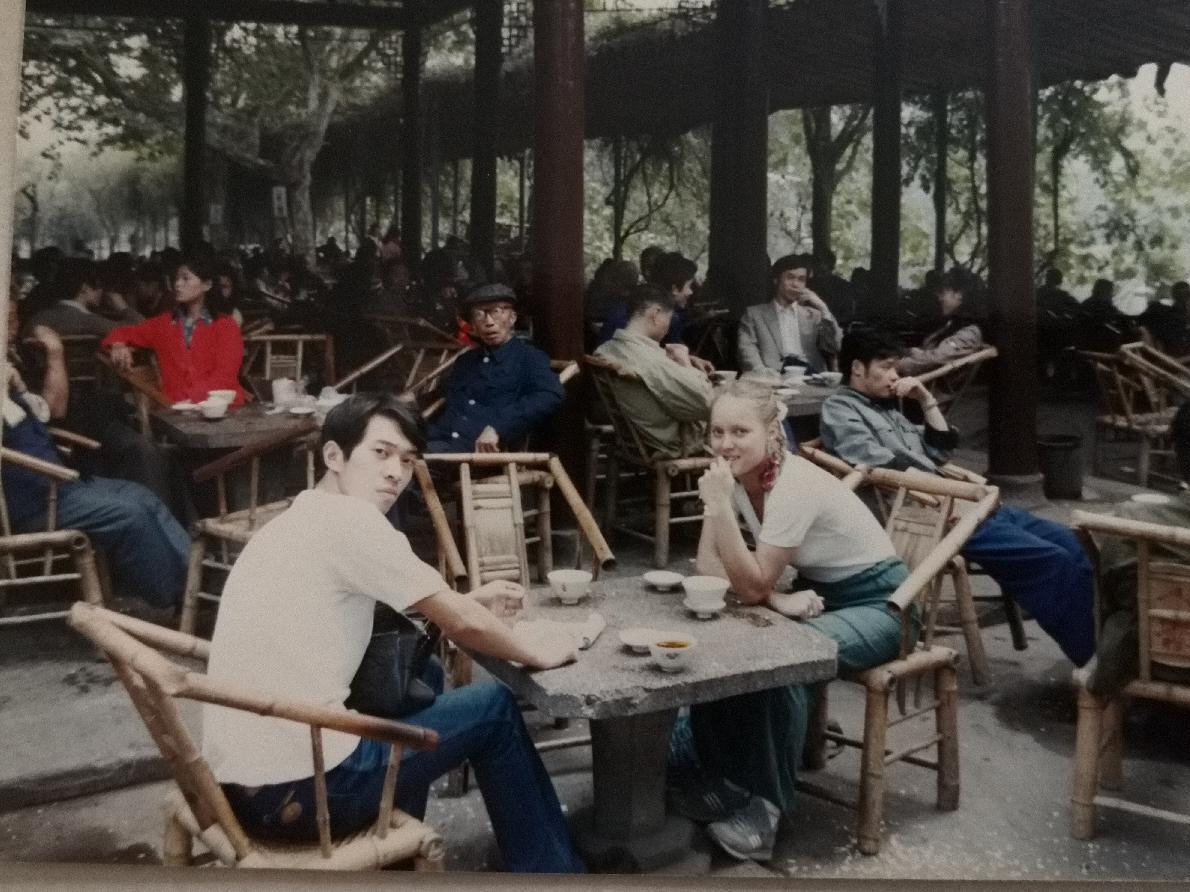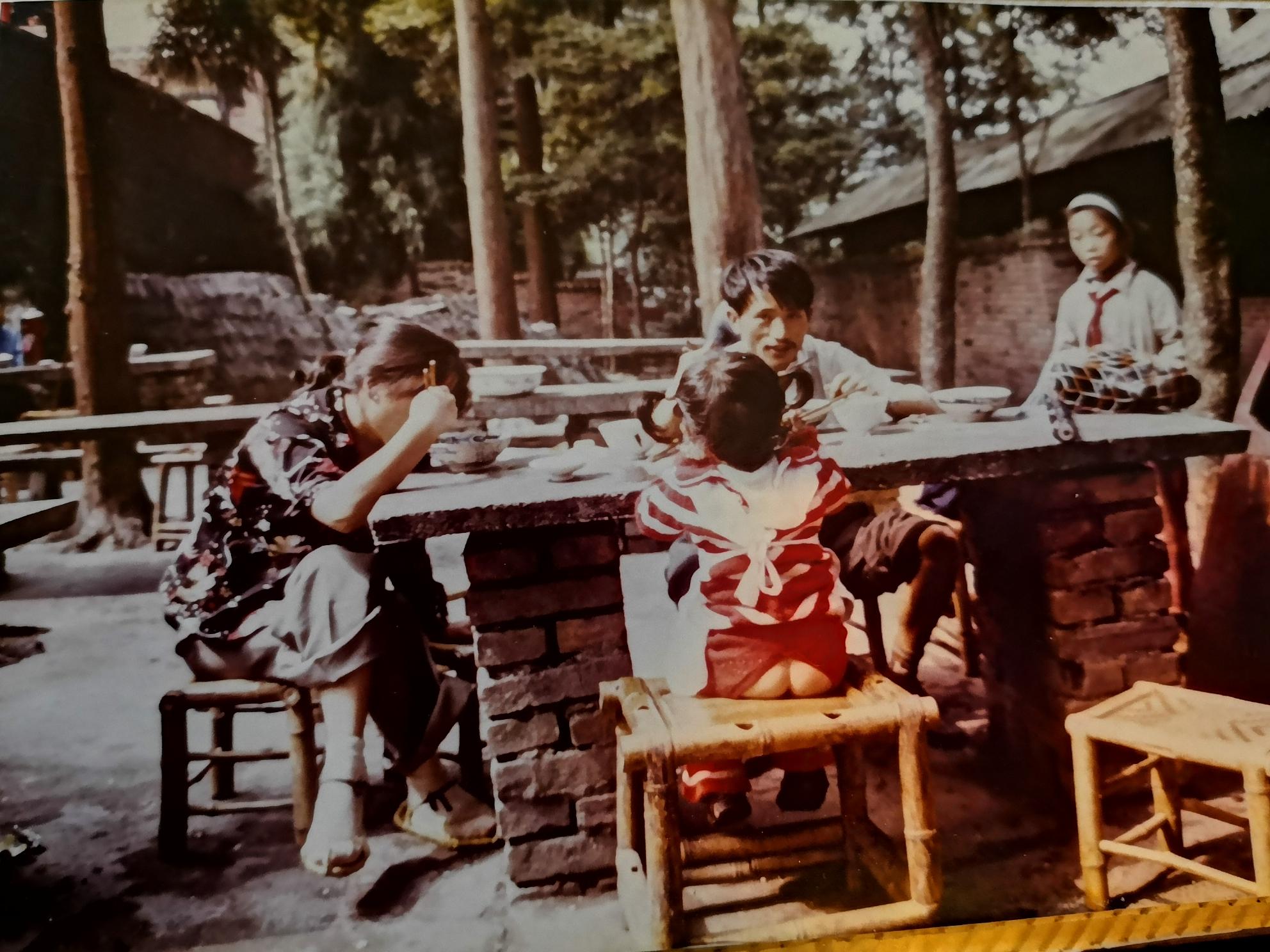
AsianOverland.net
Tour Guide - Itinerary
Asian Overland Sydney to London
Started 22/06/2022 Finished 21/06/2023365 Days ITINERARY
Day 80 date 09/09/2022CHONGQING to CHENGDU, SICHUAN, CHINA
ASIANOVERLAND.NET SYDNEY TO LONDON DAY 80: CHONGQING TO CHENGDU, SICHUAN, CHINA
Chengdu is the capital of the Chinese province of Sichuan, and is in central Sichuan. The surrounding Chengdu Plain is known as the "Country of Heaven" and the "Land of Abundance".
When we arrived in Chengdu in 1985, we had booked and paid for a room in Hotel Jinjiang, Chengdu’s best hotel. We quickly learnt that paying for a hotel booking and having a room, were two completely different things in China in 1985. The hotel foyer was full of other “guests” without rooms, and Reception told us that the second-best hotel in Chengdu was the Black Coffee Hotel, so we headed down the road practising our Mandarin and checked in there. We were directed to our "hotel room" downstairs in a dilapidated bomb shelter, where the sewerage and smell were unbearable. The raw sewerage in the bomb shelter halls and on the toilet floor was worse than India. Easily the worst hotel we stayed in anywhere in the world (including a slaughterhouse and Peoples Liberation Army camp in Tibet).
We could not survive for one hour at the Black Coffee Hotel, so we walked back to the best hotel in Chengdu knowing that sleeping in their foyer with dozens of others was much better than staying in a room at the Black Coffee "Hotel". More arguing with Reception about our booking and our payment was useless. During one such useless argument, I flicked through one of my tourist books, researching travel through Tibet, when the receptionist saw a photo of the Dalai Lama in my book. Suddenly, the “completely full” Hotel had an available room, and I had a page torn out of my book, so everyone was happy. We even learnt a new currency, which would stand us in good stead during the rest of our trip through Sichuan Province and Tibet.
Chengdu’s prehistoric settlers included the Sanxingdui culture. The site of Dujiangyan, an ancient irrigation system, is designated a World Heritage Site. The Jin River flows through Chengdu.
Founded by the state of Shu prior to its incorporation into China, Chengdu is unique as a major Chinese settlement that has maintained its name mostly unchanged throughout imperial, republican, and communist history. It was the capital of Shu Han during the Three Kingdoms era, as well as other local kingdoms during the Middle Ages.
During World War II, refugees from eastern China fleeing from the marauding Japanese army, settled in Chengdu. After the war, Chengdu was briefly the capital of the Nationalist republican government until it withdrew to Taipei on the island of Taiwan.
Under the PRC, Chengdu's importance as a link between Eastern and Western China expanded, with a railway built to Chongqing in 1952. In 1985, the “road” to Lhasa in Tibet was regarded as unsafe, lawless and treacherous, but railways were subsequently built from Chengdu to both Kunming and Tibet.
Sichuan is a landlocked province in Southwest China occupying most of the Sichuan Basin and the easternmost part of the Tibetan Plateau. The Yangtze river (the third longest river in the world and the longest river in China) flows through Sichuan Province. The population of Sichuan is 83 million.
In antiquity, Sichuan was the home of the ancient states of Ba and Shu. Their conquest by the Qin strengthened it and paved the way for unification of China under the Qin dynasty. The population of Sichuan was cut by three quarters in wars from the Ming dynasty to the Qing dynasty.
The Sichuan area was devastated in the 17th century by Zhang Xianzhong's rebellion and the area's subsequent Manchu conquest, but recovered to become one of China's most productive areas by the 19th century. Sichuan suffered severely during the Great Chinese Famine of 1959–61, but remained China's most populous province until Chongqing Municipality was separated from Sichuan in 1997.
The Han Chinese people of Sichuan speak distinctive Sichuanese dialects of Mandarin Chinese. The spicy Sichuan pepper is prominent in Sichuan cuisine, featuring dishes—including Kung Pao chicken and mapo tofu—that are staples of Chinese cuisine around the world.
In 1950, the province of Xikang was dissolved and its territory was split between the newly established Tibet Autonomous Region and the Province of Sichuan. The western and northwestern part of Sichuan is made up of Tibetan and Qiang autonomous areas.
There are many panda stations in Chengdu and Sichuan province, and large reserves for these beautiful creatures. Our visit to the pandas in Chengdu in 1985 was wonderful, and we could hand feed the pandas.
Sichuan in the Middle Ages welcomed Middle Eastern crops, such as broad beans, sesame and walnuts. The characteristic Sichuan chili pepper originally came from Mexico, probably overland from India, complementing traditional Sichuan peppercorn.
Sichuan is known as the "heavenly country" due to its abundance of food and natural resources. One ancient Chinese account declared the "people of Sichuan uphold good flavour, and they are fond of hot and spicy taste." Most Sichuan dishes are spicy, although Sichuan cuisine is composed of seven basic flavours: sour, pungent, hot, sweet, bitter, aromatic and salty.
The superior natural resources of Sichuan Province provided plenty of natural resources for the development of cooking. The Sichuan Province mountains, hills, plains, plateaus and the Sichuan Basin, have shaped Sichuan’s food customs with versatile and distinct ingredients.
Abundant rice and vegetables are produced from the fertile Sichuan Basin, and a wide variety of herbs, mushrooms and other fungi grow in the highlands. Pork is overwhelmingly the most common type of meat. Beef is more common in Sichuan cuisine than other Chinese cuisines, due to the prevalence of oxen, which are also extremely prevalent in Tibet.
Sichuan cuisine also uses various organs as ingredients, including intestine, arteries, head, tongue, skin and liver, in addition common cuts of meat. Rabbit meat is also much more popular in Sichuan than elsewhere in China, the Sichuan Basin and Chongqing area being responsible for about 70 percent of China's total rabbit meat consumption.
Yoghurt, which spread from India through Tibet in medieval times, is consumed among the Han Chinese.
Sichuan cuisine often contains food preserved through pickling, salting and drying. Preserved dishes are generally served as spicy dishes with heavy use of chili oil.
The most unique and important spice in Sichuan cuisine is the Sichuan pepper, which has an intense fragrant, citrus-like flavour and produces a "tingle-numbing" sensation in the mouth. Other common spices in Sichuan cuisine are garlic, chili peppers, ginger and star anise.
Sichuan hotpot, the most famous Chinese hotpot, is one of the representative dishes in Sichuan cuisine, and famous for its spicy taste.
Chengdu had many great features in 1985, especially the parks, the unlimited hot water refills for tea service in the parks, the temples, the gardens, the people, and the early morning Tai Chi classes, when everyone seems to perform tai chi in the parks.
© This work is copyright. Apart from any use permitted under the Copyright Act 1968, no part may be reproduced by any process, nor may any other exclusive right be exercised, without the permission of Peter Searle, peter@portseavillageresort.com; 1980-2024.
Website built by Justin O’Dea www.webdeveloperdocklands.com.au
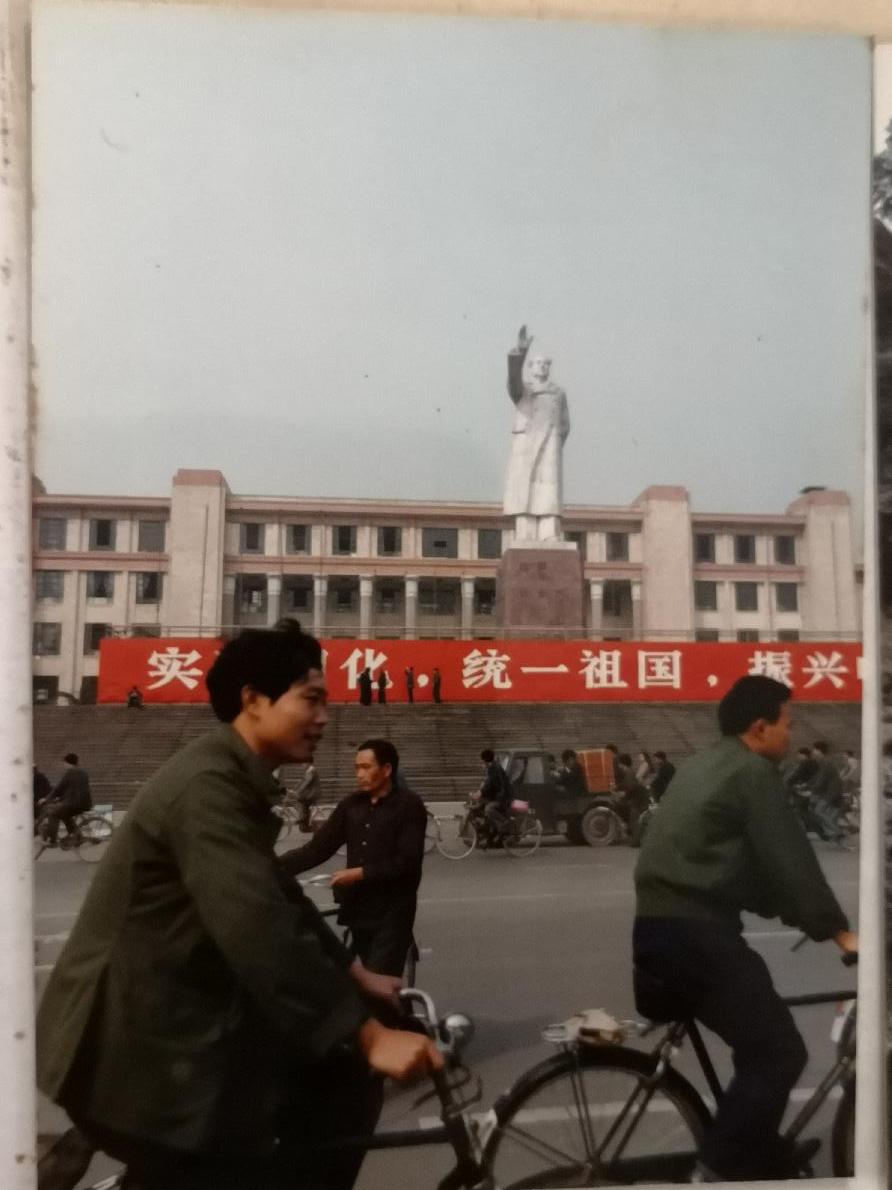


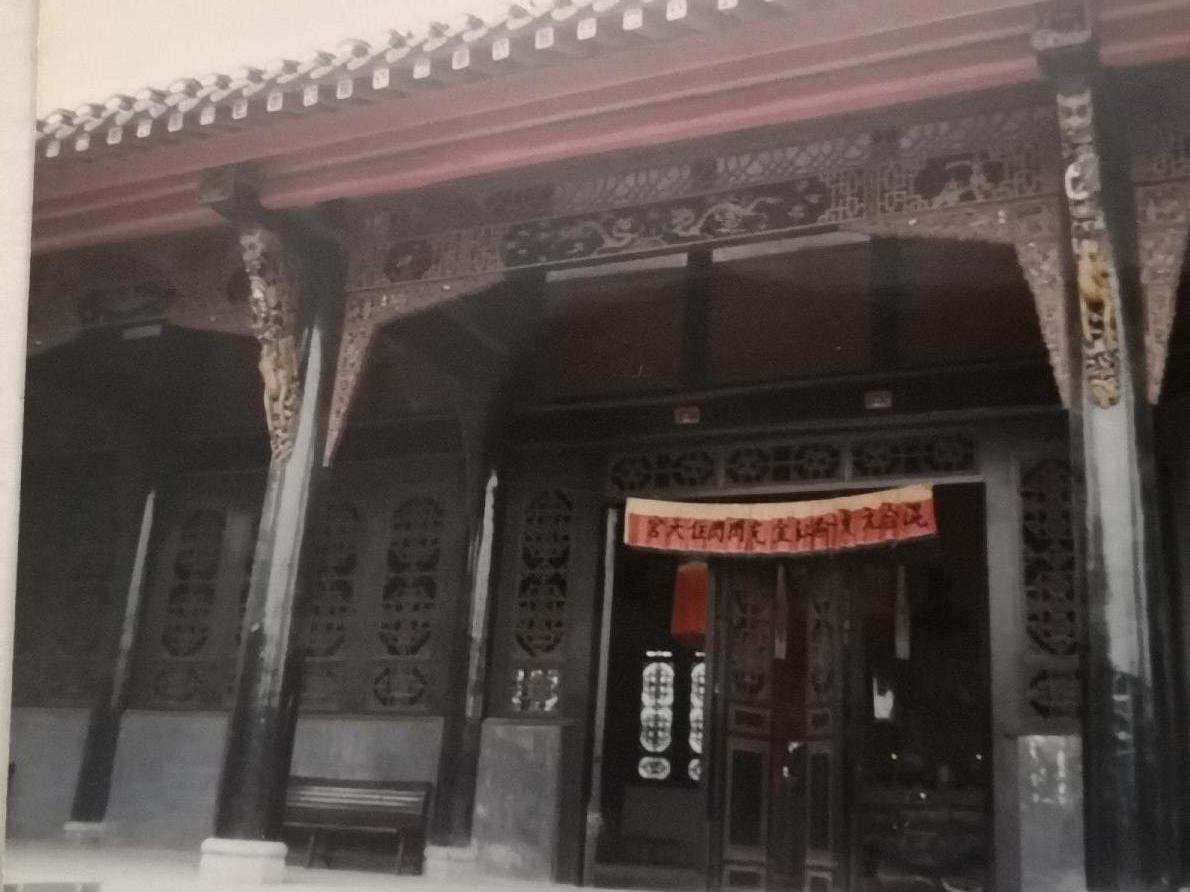
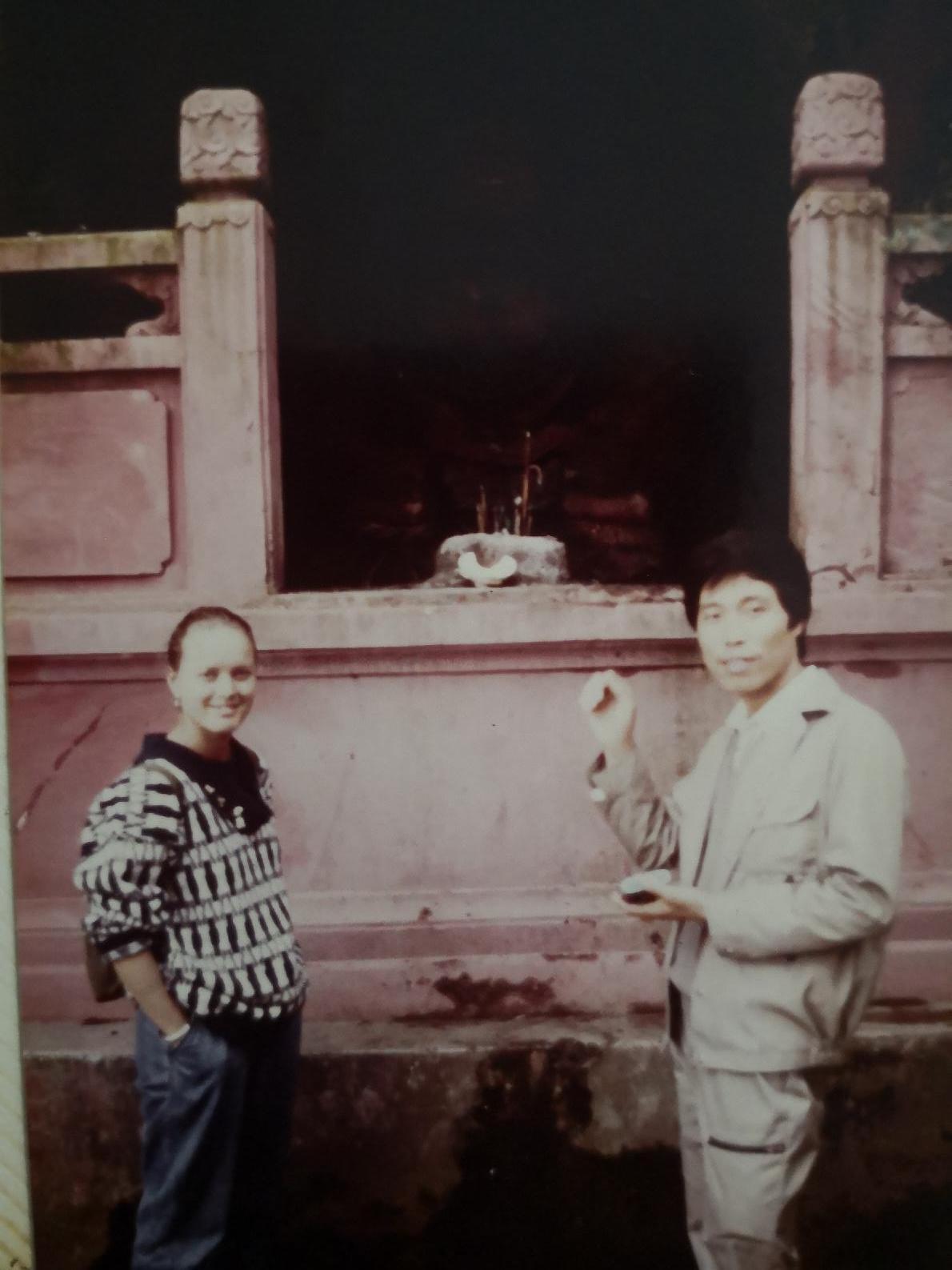
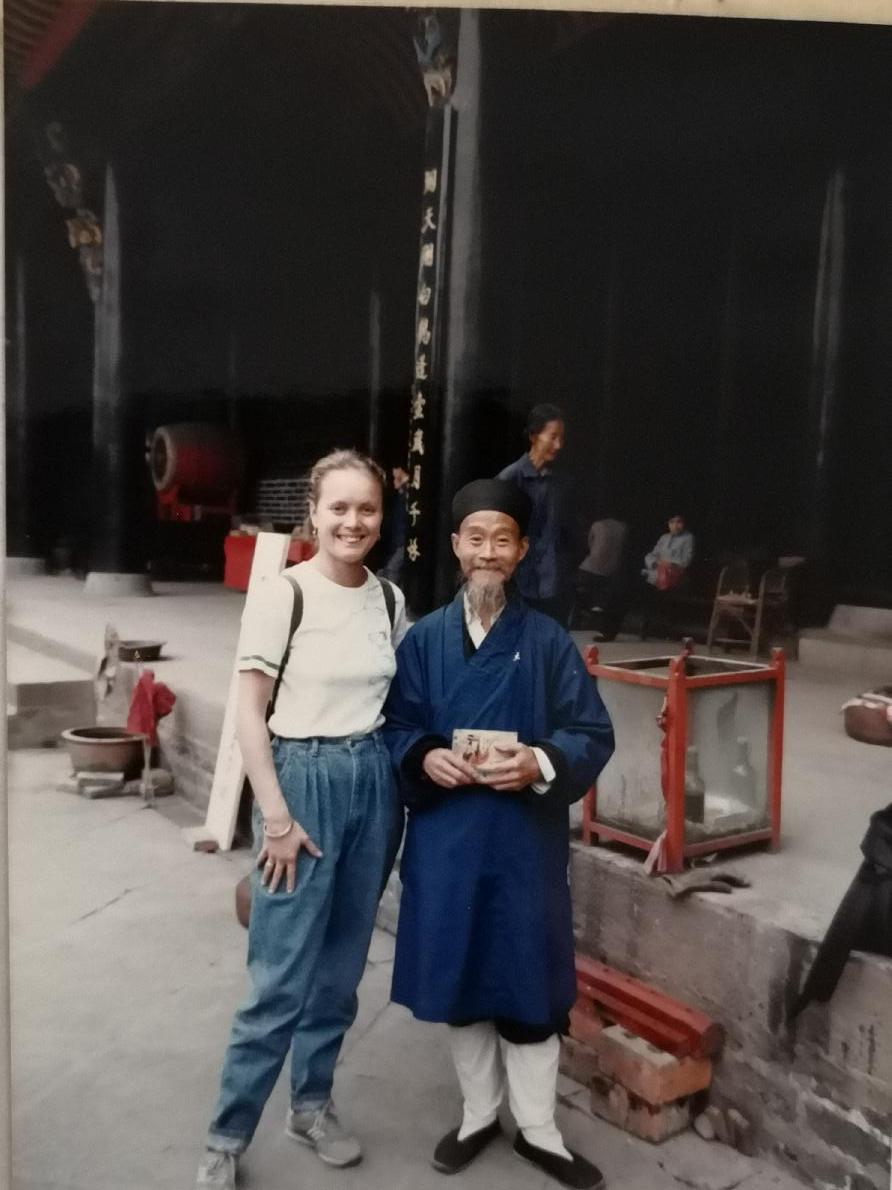

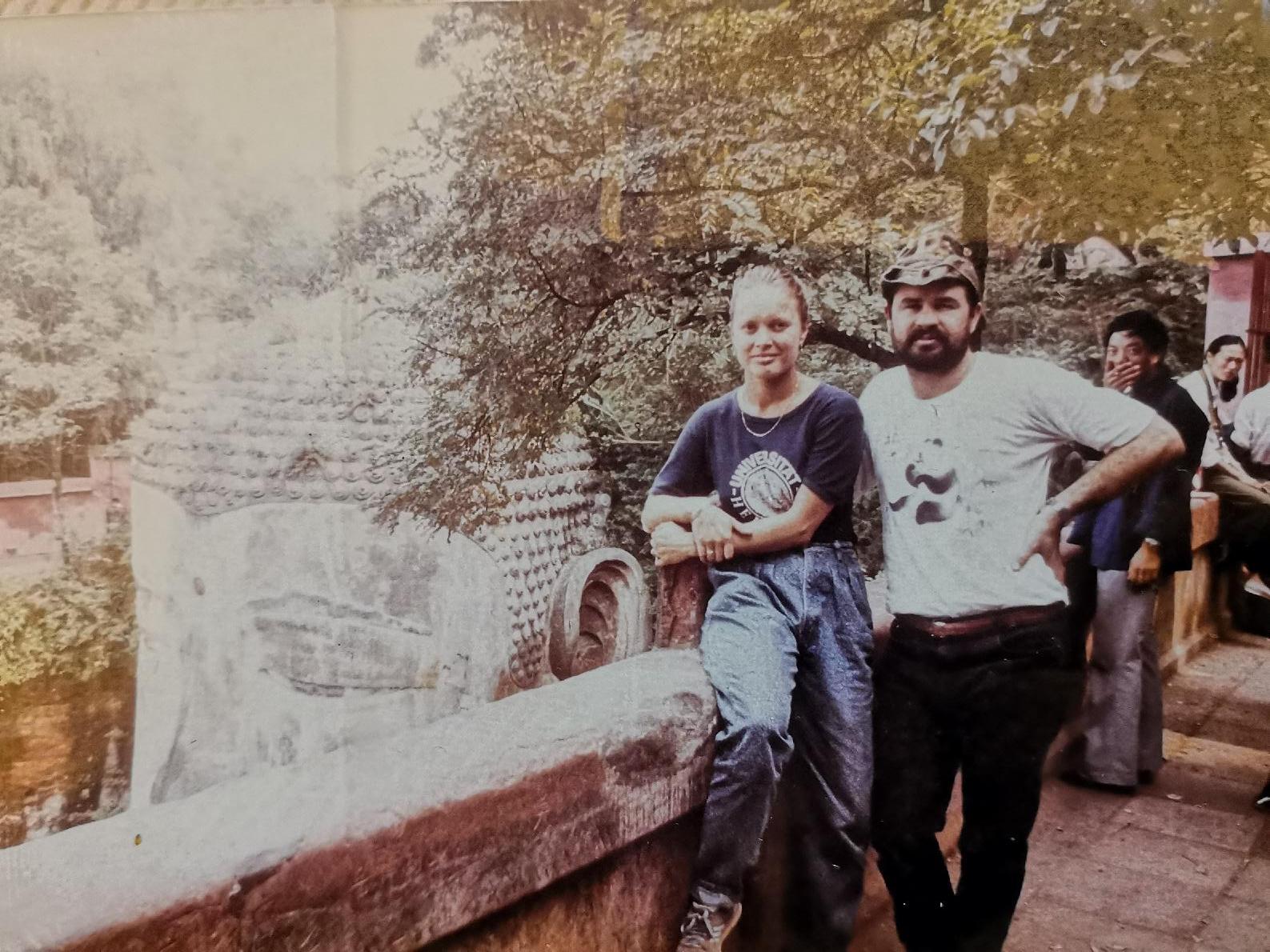
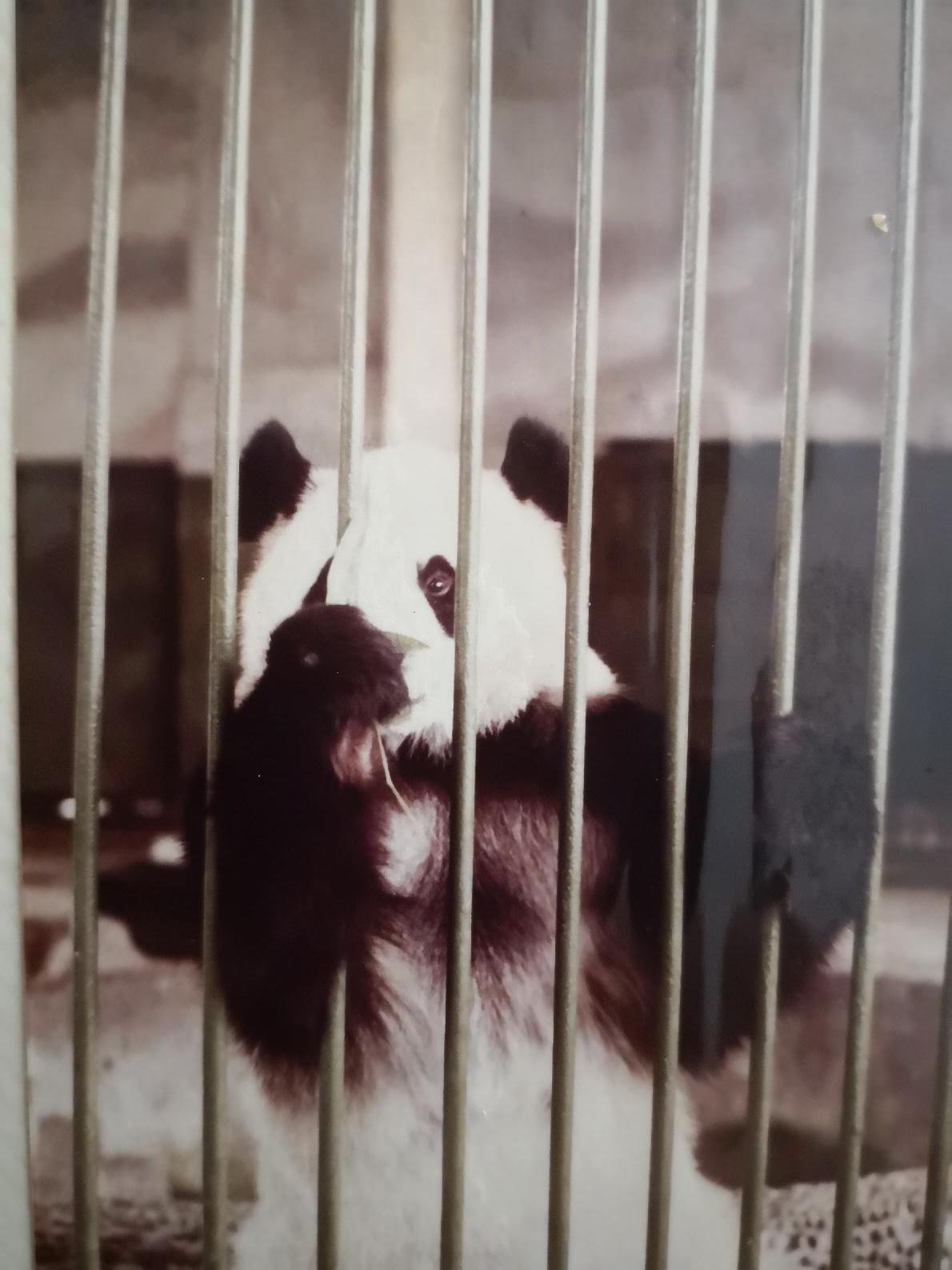
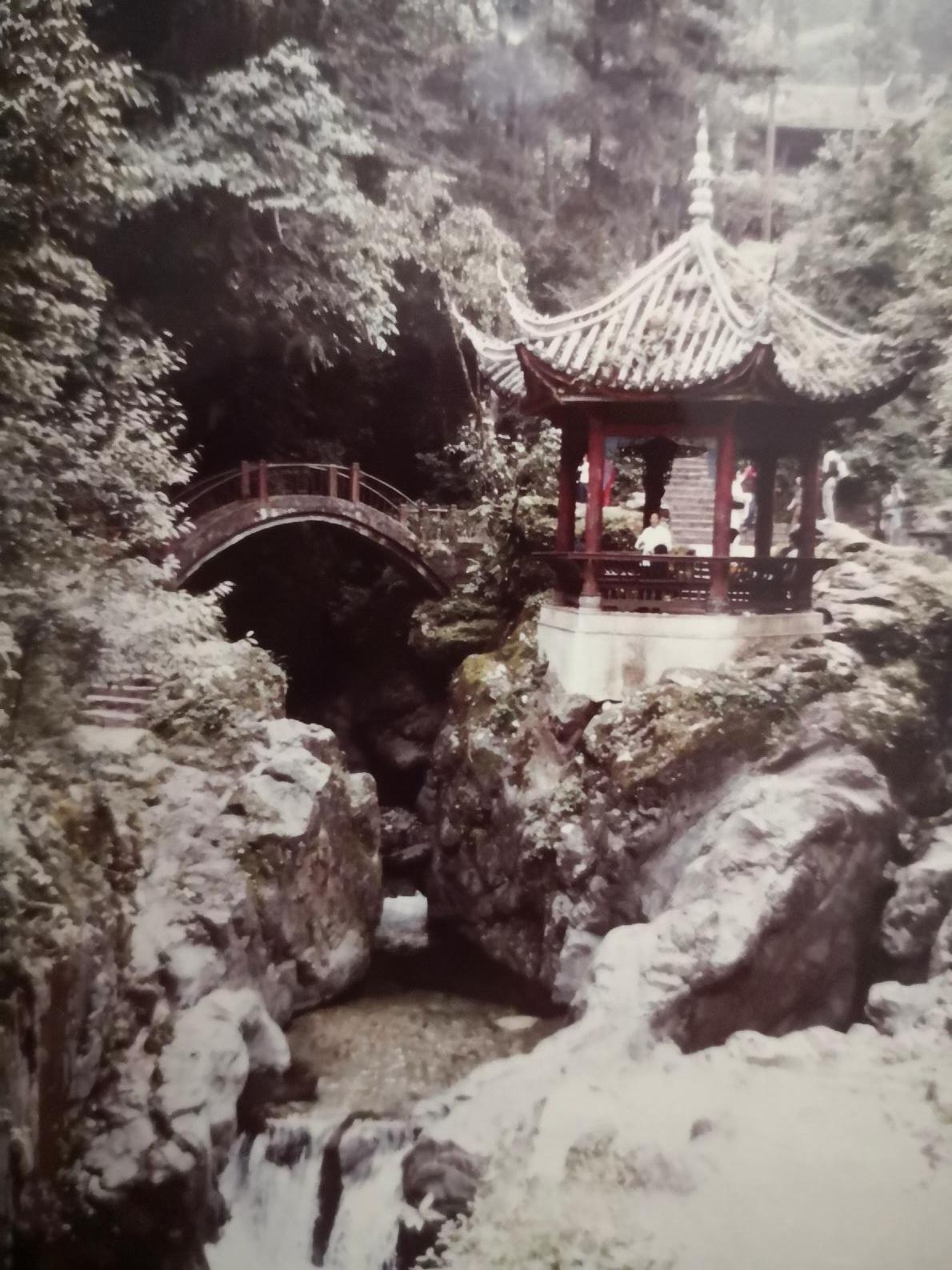
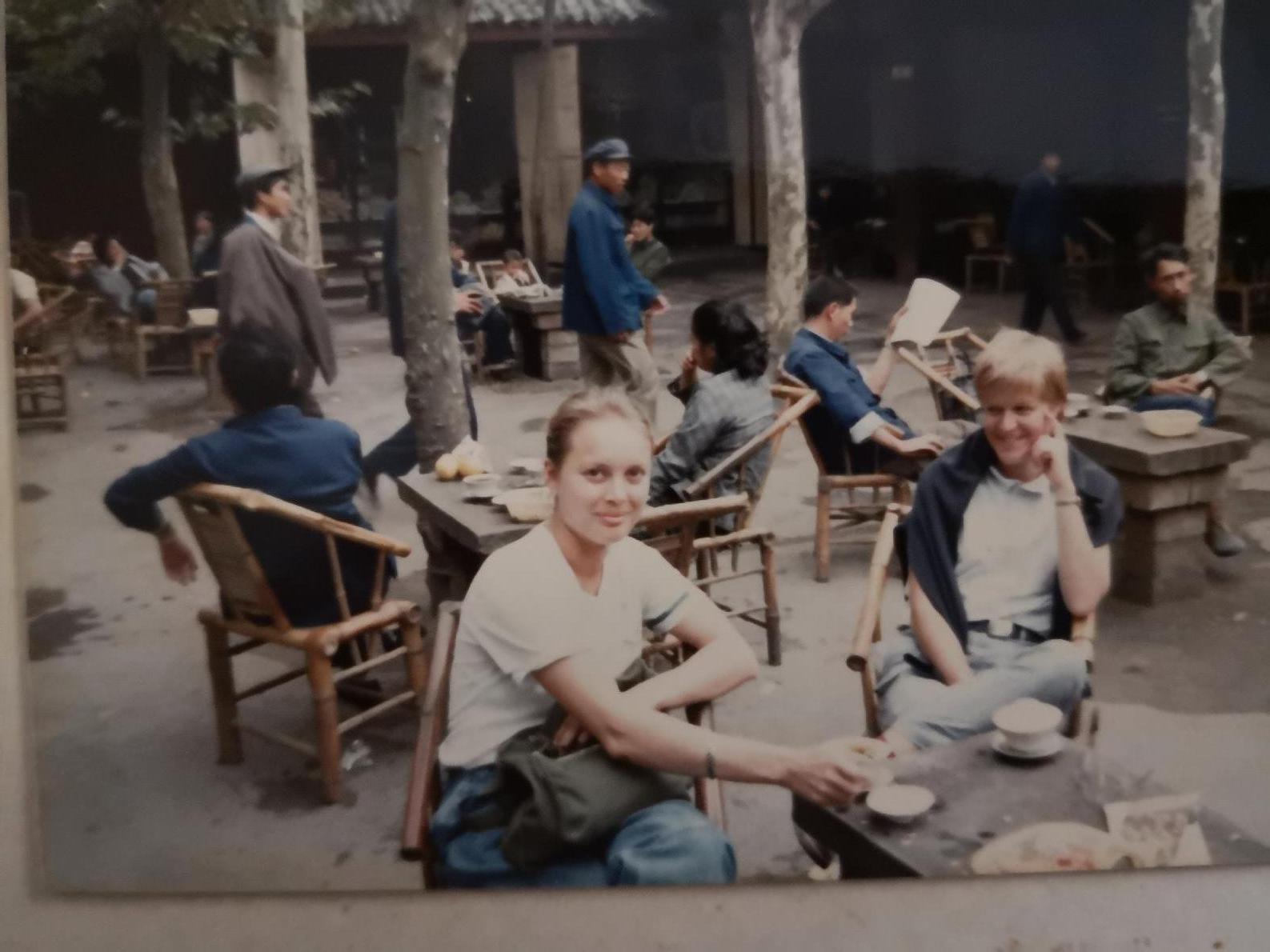

_(2269517013).jpg)



